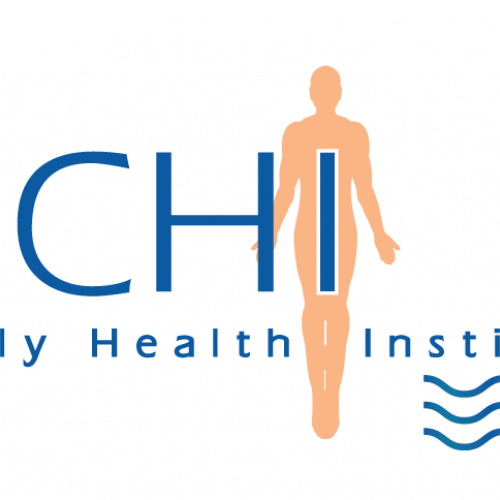You will be amazed to learn how the tongue and larynx are related to so many structures in the body. You will be surprised just how many of your patients can benefit from these techniques, how many people are affected in the adult population.
Many people suffer from trauma to the larynx/pharynx. It can come from voice overuse, direct trauma, strangulation, surgery, intubation e.g. during general anesthesia, ventilators, chronic laryngitis/bronchitis/mediastinitis, swallowing or breathing conditions, etc.
Tongue-tie or ankyloglossia is a condition described as having a prevalence of 5% in the general population. But because there is no standardized test or approved grading system the number may be much higher.
Many of your adult or child patients/clients can suffer from symptoms that can be alleviated from the tongue-tie protocol including headaches, neck/shoulder/upper extremity tightness, fatigue, pain/soreness, forward head posture, speech problems, feeding problems, mouth breathing, sleep apnea, teeth grinding (bruxism), crowded teeth, temporomandibular joint (TMJ) dysfunctions, reflux, aerophagia, etc.
Your clients may fail to mention some of these issues as they may have accepted these issues as normal or believe there is nothing they can do about it.
In this online mini-course, you will learn to assess ankyloglossia and to work with the three constrictor muscles, the epiglottis, the hyoid, the cricoid, the thyroid cartilage, the corniculate and arytenoid cartilages, the tracheal rings, the SCM, and the esophagus in a specific protocol.
Some techniques have been shown in the cervical part of LDV Th-Abd (LDT Applications to Viscera Thorax-Abdomen). Many new important information is given.
Conflict of Interest: All classes presented by Chikly Health Institute have no financial conflict of interest.
CHI is not sponsored by outside organizations or corporations.
Please read "Our Policies" for more information: https://chiklyinstitute.com/Policies
It is a 4 Hours class
There are NO CEU's for this class.
Manual Therapist
Please be familiar with the names and anatomical descriptions of common structures such as:
Pharynx, larynx, hyoid bone, thyroid cartilage, cricoid cartilage, arytenoid cartilages, corniculate cartilages, vocal ligament (cords) tracheal rings, trachea (cervical, thoracic), esophagus (cervical, thoracic, abdominal), constrictor muscles, diaphragm, tongue-tie/ankyloglossia.
Price: $200
Repeat: $100







